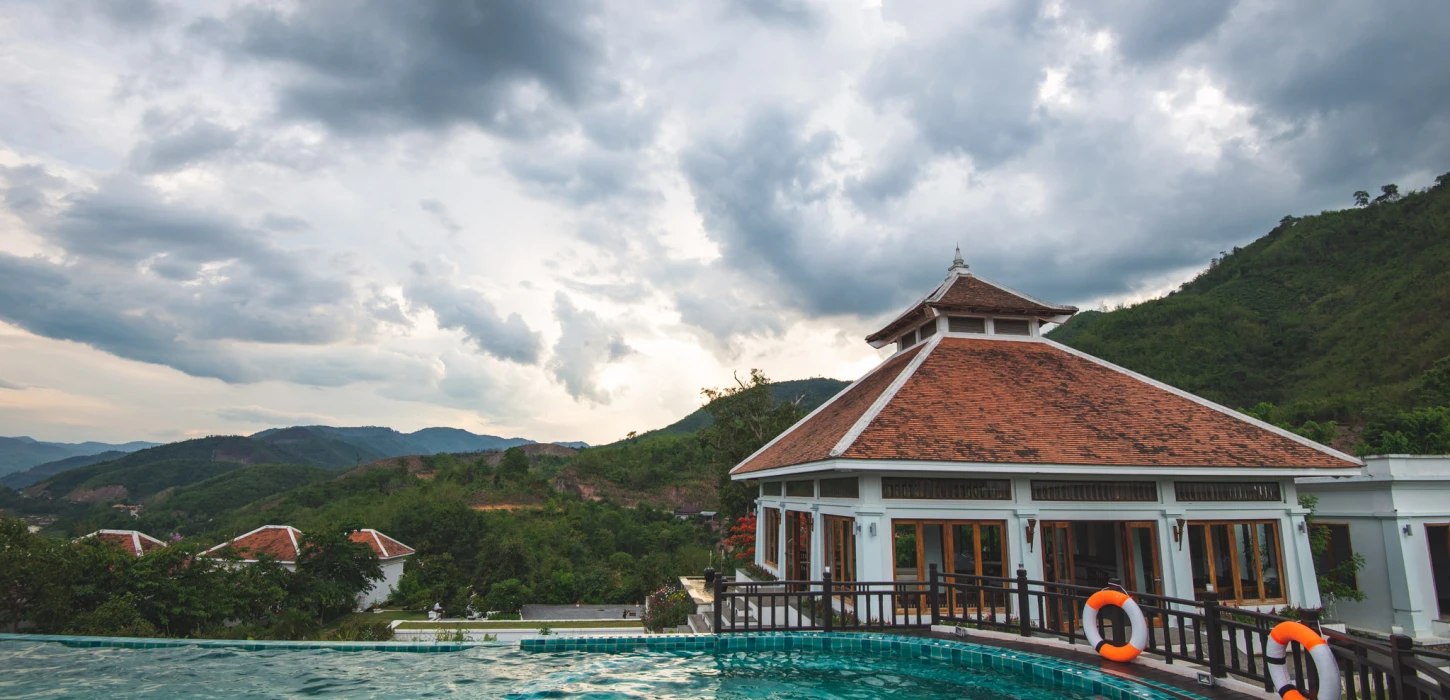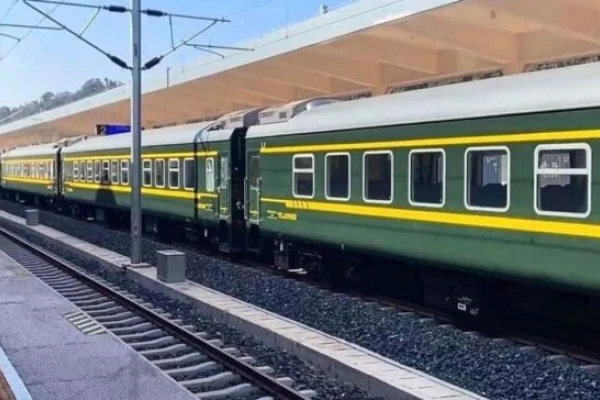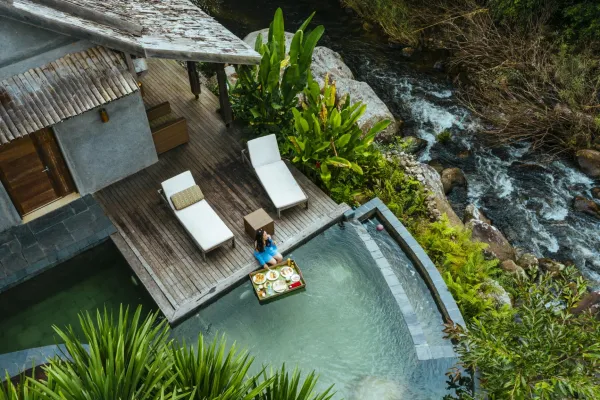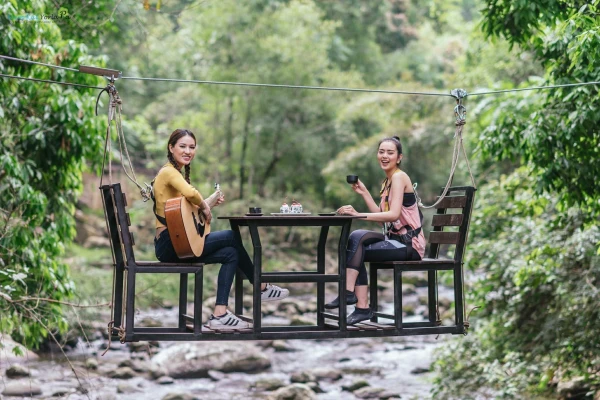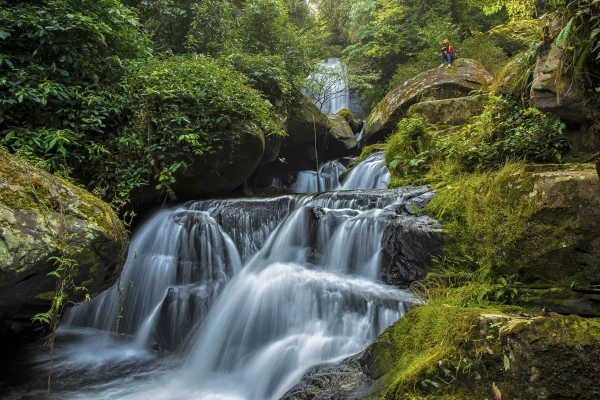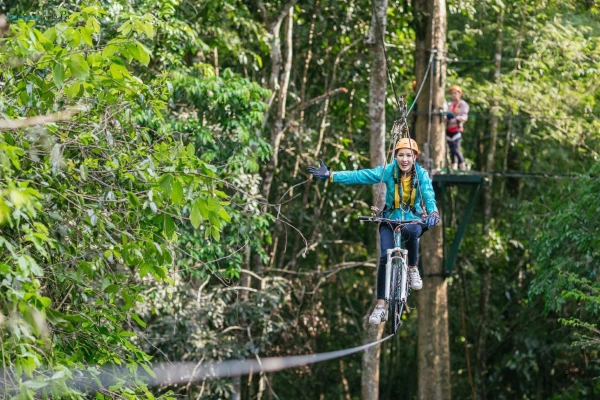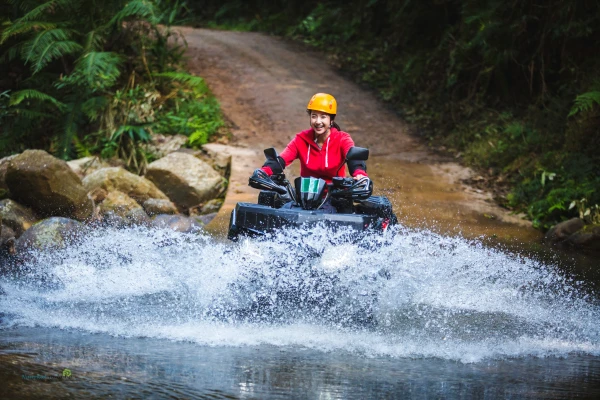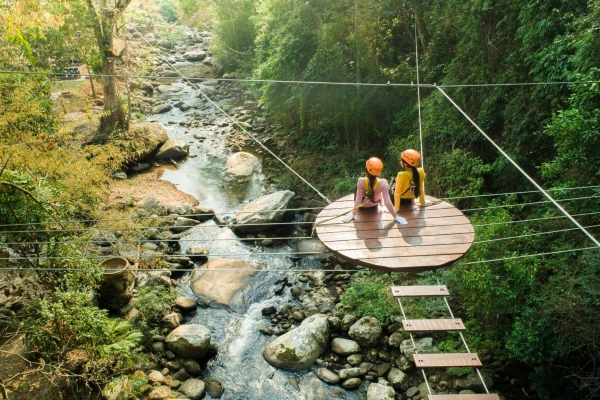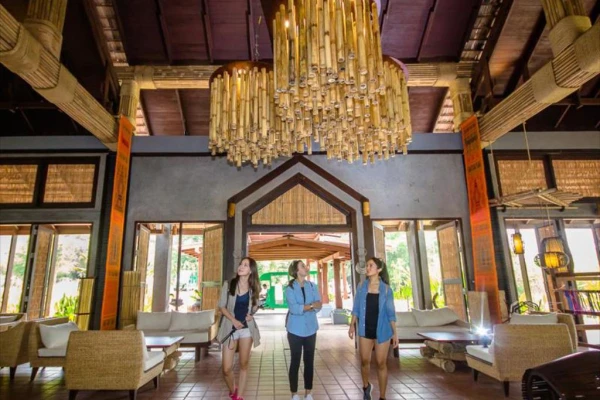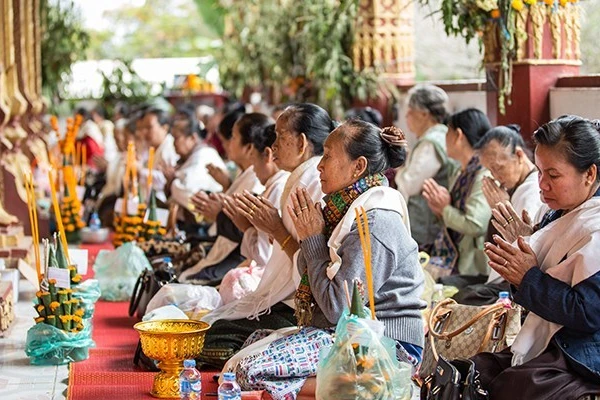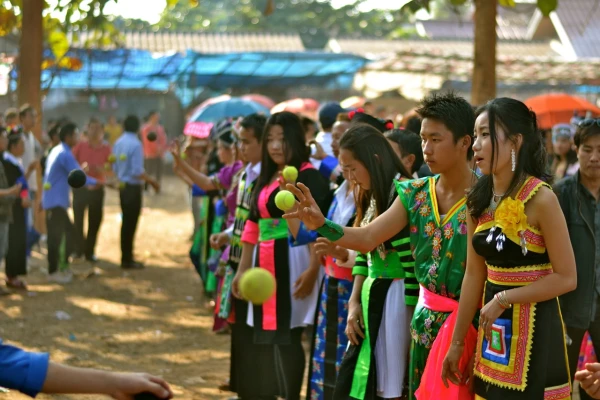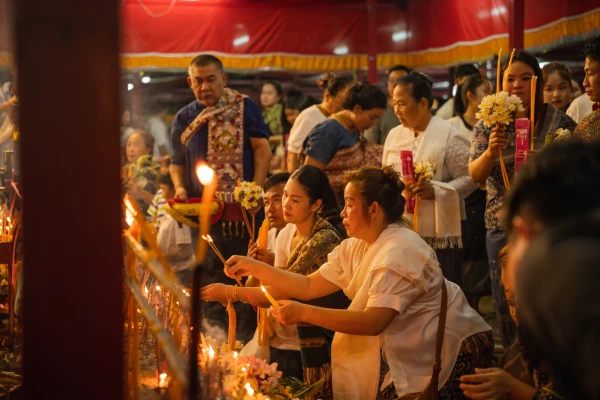Producing new handicrafts for sale to tourists is a sustainable way for local people to earn extra income while maintaining their traditional artisanal skills. It is preferable to selling off their antiques and family heirlooms, as locals can retain their cultural artifacts and heritage.
A visit to a Khmu village shows that bamboo can be used to create almost anything a villager needs: storage and carry baskets, shelving, spoons, chairs, fish traps, rice cooker and the house itself! Usually, women are behind the arts and crafts of Laos, but in the case of Khmu bamboo weaving, it is generally the men who learn and practice the craft.
The Hmong are skilled at various textile arts, including hemp production, beeswax batik printing and indigo dyeing. They are particularly well-known for their meticulous and precise decorative embroidery and appliqué. Traditionally. these skills are used to adorn clothing, especially for occasions such Hmong New Year. These days however, inventive Hmong women use their skills to create purses, toys, ornaments and other goodies.
The White Lahu people, at villages like Ban To Lae, make beautiful heavy natural cotton. It is a labour-intensive process; they have to plant, grow and harvest cotton, hand spin yarn, hand weave cloth on the loom and then hand sew the clothing.
The Lanten people are known for their skill in making bamboo paper. Bamboo is pulped and boiled to make a watery solution, which is evenly poured across a fabric screen and left to dry in the sun. It is used mainly in religious ceremonies of the Lanten people. They also make carved wooden and paper masks, and darkblue indigo-dyed cotton for clothing.
The Tai Lue are the master weavers of Laos, creating elaborate brocades in natural cotton and silk for religious and everyday purposes. They are also well known for their proficiency with natural dyes made from forest products such as leaves, flowers, woods and insects. Some Tai Lue weavers in Bokeo export their goods to high quality textiles stores in Luang Prabang and beyond.
Akha women also hand produce heavy bolts of natural cotton. You may see them spinning cotton yarn with their unusual hand spindles, shaped like spinning tops.

